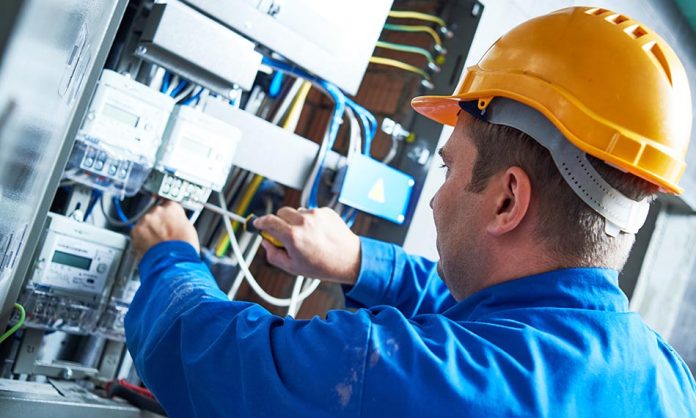Embarking on a career as an electrical contractor in California offers numerous opportunities, but it requires obtaining the proper licensing to ensure compliance with state regulations and industry standards. The C-10 Electrical Contractors License is essential for anyone looking to perform electrical work in California. This blog provides a step-by-step guide on how to obtain your C-10 California Contractors License.
Understanding the C-10 License
The C-10 Electrical Contractors License, issued by the California Contractors State License Board (CSLB), allows individuals and businesses to legally perform electrical contracting work. This includes installing, repairing, and maintaining electrical systems and wiring in residential, commercial, and industrial settings. Holding this license demonstrates your expertise and ensures that you meet the state’s stringent standards for safety and professionalism.
Eligibility Requirements
Before applying for the C-10 license, you must meet certain eligibility criteria:
- Age: You must be at least 18 years old.
- Experience: You need at least four years of journeyman-level experience in electrical work within the past ten years. This experience should encompass a range of tasks, including installation, maintenance, and repair of electrical systems.
- Education: While not mandatory, completing relevant educational programs or apprenticeships can strengthen your application and prepare you for the exams.
Step-by-Step Application Process
1. Complete the Application for Original Contractor License
The first step is to fill out the Application for Original Contractor License, which can be found on the CSLB website. The application requires detailed information about your experience, employment history, and personal background. Ensure all information is accurate and complete to avoid delays in the processing of your application.
2. Submit the Application and Fee
Once you have completed the application, submit it along with the required fee to the CSLB. The fee structure is outlined on the CSLB website and varies depending on the type of application and the number of classifications you are applying for.
3. Undergo a Background Check
As part of the application process, you must undergo a criminal background check. This involves submitting your fingerprints through the Live Scan process, which is used to check for any criminal history. Having a criminal record does not automatically disqualify you, but it is essential to disclose any convictions and provide explanations if necessary.
4. Pass the Required Exams
After your application is reviewed and approved, you will be scheduled to take two exams: the Law and Business exam and the Trade exam specific to electrical contracting.
- Law and Business Exam: This exam covers topics such as business management, construction law, safety regulations, and employment requirements. It tests your knowledge of running a contracting business in compliance with state laws.
- Trade Exam: The Trade exam focuses on electrical principles, codes, and practical applications. Topics include electrical theory, wiring methods, safety protocols, and the National Electrical Code (NEC).
Both exams are multiple-choice and require thorough preparation. Consider using study guides, practice exams, and other resources provided by the CSLB to ensure you are well-prepared.
Maintaining Your C-10 License
Once you have successfully obtained your C-10 license, it is crucial to maintain it by adhering to the CSLB’s requirements. This includes:
- Renewing Your License: The C-10 license must be renewed every two years. The CSLB will send a renewal notice 60 days before your license expires. Submit the renewal application and fee before the expiration date to avoid penalties or suspension.
- Continuing Education: Although not mandatory, continuing education helps you stay current with industry standards, code updates, and new technologies. Participating in relevant courses and training programs can enhance your skills and ensure you provide high-quality service to your clients.
Benefits of Having a C-10 License
Holding a C-10 Electrical Contractors License offers numerous benefits:
- Legal Compliance: Ensures you are operating legally and in compliance with state regulations, avoiding fines and legal issues.
- Credibility: Demonstrates your expertise and professionalism, making clients more likely to trust and hire your services.
- Opportunities: Allows you to bid on larger projects and work with a broader range of clients, increasing your potential for business growth.
- Protection: Provides access to legal protections and resources available to licensed contractors.
Tips for Success
- Gain Diverse Experience: Ensure your work experience covers a broad range of electrical tasks and projects. This diverse background will be beneficial both for the application and the exams.
- Study Diligently: Utilize CSLB’s study materials and practice exams. Consider enrolling in preparatory courses if needed.
- Stay Organized: Keep meticulous records of your work experience, education, and any correspondence with the CSLB.
- Network: Connect with other licensed contractors and industry professionals. Networking can provide valuable insights and support throughout the licensing process.
Conclusion
Obtaining the C-10 Electrical Contractors License is a significant step towards a successful career in electrical contracting in California. By understanding the eligibility requirements, following the application process diligently, and preparing thoroughly for the exams, you can achieve this important certification. Holding a C-10 license not only ensures legal compliance but also enhances your credibility and opens up numerous opportunities for business growth and success in the electrical contracting industry.










